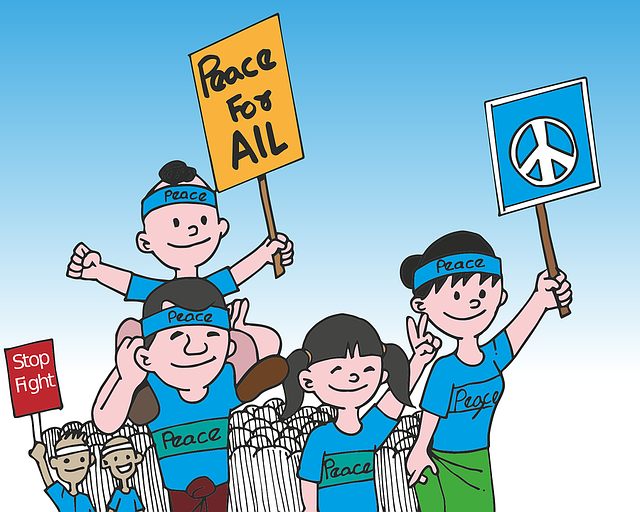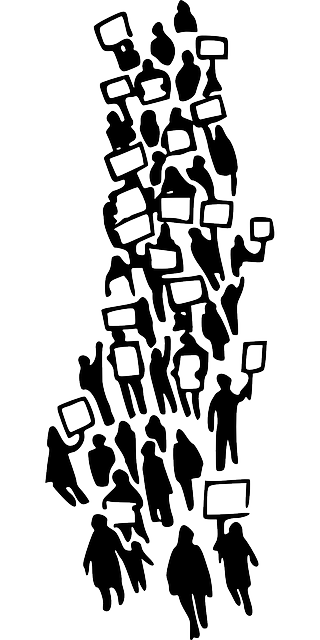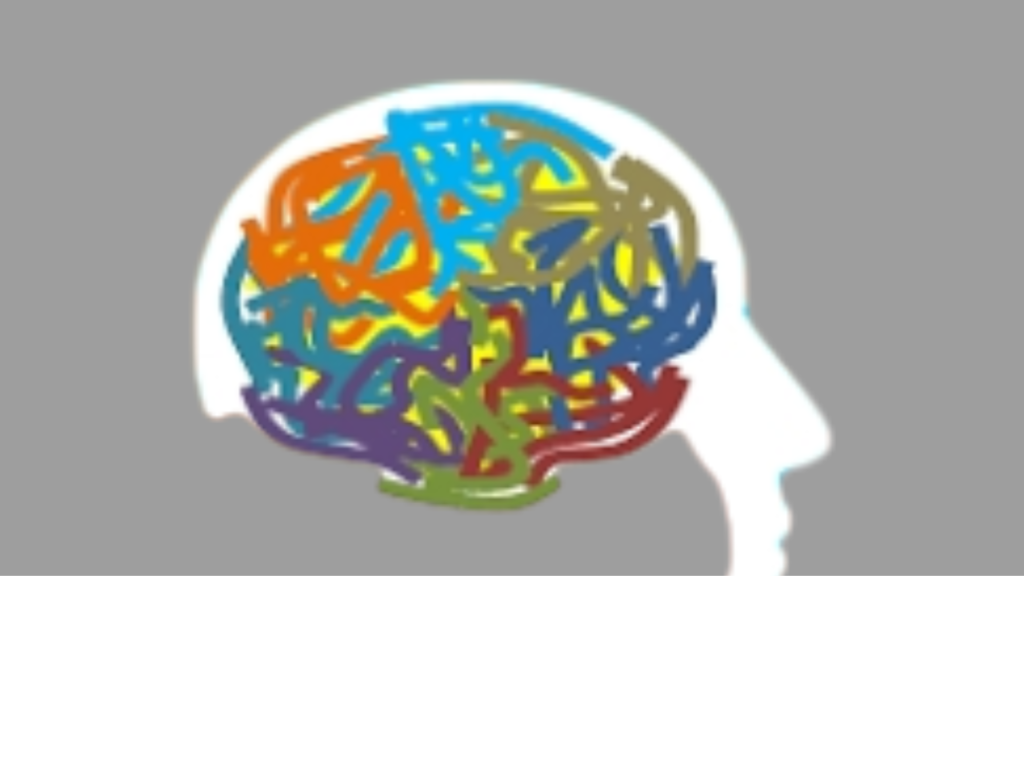Protesting behavior refers to an objection to something such as policies, injustice, or social and environmental issues. This action is taken by an individual or group of people and is generally concluded as a public opinion or reaction. It leads to the feeling of uncomfortable emotions and feelings due to any action.
Protesting behavior is a complex and complicated phenomenon that has been a Keystone of social change throughout history. It is a powerful tool for individuals and groups to express conflict and bring attention to important issues.
In this article, we will explore protest behavior and its unhealthy and healthy manifestations. Examine how the individual avoids protesting behavior.
Example of protesting Behavior

An example of protesting behavior can be seen in a scenario where one partner feels ignored or neglected. Suppose Alice notices that her partner Bob has been distant and less communicative lately. In response, Alice might start sending frequent text messages, calling him repeatedly, or making unplanned visits to his workplace. She might also display more subtle forms of protest, such as becoming unusually quiet or withdrawn, hoping Bob will notice and respond to her distress. These actions are driven by a deep-seated need to regain Bob’s attention and reaffirm their bond.
Forms of Protest behavior
Protesting behavior is a human right in the context of freedom and independence. It can be taken in many forms, such as
- Civil disobedience
- Online activism
- Peaceful protest
- Direct action
- Symbolic protest
- Boycott
- Hunger strike
- Letters and op-eds
- Public speech and debates
- Vigils
Health Protest Behavior

Healthy protest behavior is characterized by protesting in an ethical and constructive manner. The protester engages in a healthy manner, being able to communicate their needs and boundaries while respecting the dignity and rights of others. This type of behavior leads to positive outcomes, social changes and increased awareness of important issues.
Example of Healthy Protest Behavior
- Boycott
- Creative expression
- Advocacy and lobbing
- Letters writing
Unhealthy Protest Behavior
Unhealthy protest behavior is characterized by disrespect of public order and safety, disrespect for the law and legal process, violence against rules and other rights, property damage, threats, hate speeches, aggression, and obsessive behavior. Also Unhealthy behavior causes psychological issues such as anxiety, depression, and personality disorders.
Example of unhealthy Protest Behavior
- Property damage
- Hateful speech
- Violence of the law
- Blocked emergency services
- Aggressive communication
- Using weapons
- Harassing others
How do avoidant act when triggered?

When avoidant are triggered, they may show certain behavior to cope with their feeling of anxiety and depression or discomfort. Here are some triggers discussed below.
Emotional disattachment
When triggered avoidant often retreat to emotional displacement. They withdraw from their partner physically as well as emotionally to protect themselves from perceived sensitivity. Maintain a safe distance from their partner and avoid to communicating less or doing other activities.
Suppression of Emotions
Suppression is a defense mechanism to avoid the discomfort of emotional intimacy. Avoid the need to control their emotion rather than express them openly. During time of conflict from their partner, they might ignore they are feeling or deny them altogether.
How do avoidant show love?
The tendency to avoid emotional intimacy, avoidant attachment style are capable of showing love and affection. Here are some way to show love for avoidant.
Act of love and care

Avoidant have to show love for an act of services they have to show love, care and providing practical support for their partner. These actions demonstrate their commitment and concern in a way that feel comfortable for them.
Providing space
One of the avoidant show love is by respecting their partner independency and providing them with space. They understand the importance of autonomy and might encourage their partner to pursue their own interest and activities. This can be the form of affection, as a reflect their respect for their partner individuality.
Quality time
The avoidant may need closeness or value time with their partner. They have to involve in preferred shared activities such watching movies, hiking, travel or engages in other activities. They shared feeling and overwhelm their emotions.
Do avoidant have protesting behavior?
Protesting behavior is more commonly associated with anxious attachment styles, where individual actively seek to re- establish closeness and connection avoidant behavior have different forms
- Silent Protest
- Passive aggressive action
- Conditional availability
- Using excuses
- Displaying nonverbal protest
Conclusion
Protest Behavior is the reaction against any unacceptable behavior or condition. The individual or group show avoidant behavior and aggression. It is complex phenomenon, influenced by various psychological factors, social and cultural factors. Avoidant may struggle with expressing their need and boundaries in a healthy way but they also involve in protesting behavior.



